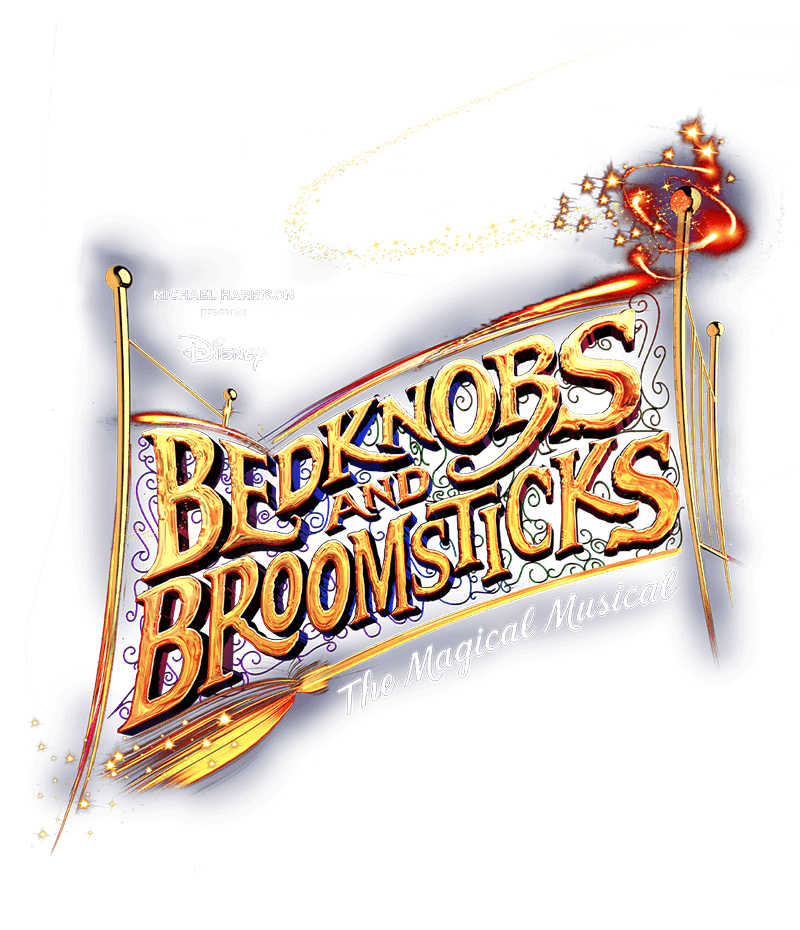Cast & Creatives
Director/Set & Illusion Design
Jamie Harrison

Jamie is co-artistic director of Vox Motus and has co-created, co-directed, and designed all of the company’s work, most recently Flight (Vox Motus/Edinburgh International Festival) and Dragon (Vox Motus/National Theatre Scotland/Tianjin People’s Theatre, China). Jamie has also established himself as one of the world’s leading theatrical magic and illusion designers.
In addition to Vox Motus’ creations Jamie has worked on numerous other theatre projects. Recent work includes set and illusion design for Mozart’s The Magic Flute (Ex Machina/Quebec Opera Festival) directed by Robert Lepage, magic and illusion design for The Ocean at the End of the Lane (National Theatre) and Pinocchio (National Theatre/Disney Theatrical Productions). He created the magic and illusions for the multiple Olivier and Tony award winning production Harry Potter and the Cursed Child directed by John Tiffany (Sonia Friedman Productions/Colin Callender) in London’s west end, on Broadway, in San Francisco, Melbourne and Hamburg. Jamie also designed the puppets and illusions for Charlie and the Chocolate Factory (Warner Brothers/Neal Street Productions) at the Theatre Royal Drury Lane, London, directed by Sam Mendes.
Alongside Vox Motus’ awards (recent include, UK Theatre Awards: Dragon Best Production for Children and Young People, Critics’ Awards for Theatre Scotland: Flight Best Design, Herald Angel Flight, New York Times Theatre moments of 2018 Flight) Jamie has won several international awards for his work including a special citation from the New York Drama Critics’ Circle and the San Francisco Bay Area Theatre Critics’ Circle ‘Excellence in a Theatre Specialism’ Award. In 2017 Jamie was the recipient of the Edinburgh International Magic Festival’s Great Lafayette Award for outstanding contribution to stage magic.
Jamie is currently developing a new idea for a novel theatrical experience for Vox Motus.
Jamie trained as an actor at the Royal Conservatoire of Scotland (2002).
